Amid the vast sand dunes of the Kubuqi "dead sea", an energy version of the "Great Wall" is rising.
Not only providing clean electricity for Beijing, this super project is also a high-tech weapon that helps China turn the tide in the fight against desertification, turning barren land into a sustainable "gold mine".
Super project in the middle of the desert
In the Kubuqi Desert near the city of Ordos (Inner Mongolia), the scorching sun that once haunted local people is now becoming the most precious resource. An "ocean" of sparkling solar panels is stretching out, forming a project dubbed the "Great Wall of Solar Energy".
The scale of this project is enough to overwhelm any energy investor. Spanning 400km across sand dunes, it is expected to be one of the largest solar power systems in the world when completed in 2030.
According to the plan, the huge clean power source from Kubuqi will be transmitted directly to the capital Beijing and neighboring areas. This move is a strategic move in China's energy security problem, which is to take advantage of the wasteland fund and abundant sunshine of the North to "light up" bustling economic centers.
Mr. Yang Chao, an official of the Banner Dalad Energy Department, shared some powerful numbers about economic efficiency: "With nearly 2,000 hours of sunshine per year, a capacity of 1 gigawatt alone can produce nearly 2 billion kWh of clean electricity per year."
This output is equivalent to saving about 560,000 tons of standard coal and cutting 1.56 million tons of CO2 - a dream number for any sustainability report.

The energy version of the "Great Wall" is rising among the immense sand dunes of the "dead sea" Kubuqi (Photo: CFP).
The handshake between technology and nature
However, what has caught the attention of international observers is not just the electricity output, but the way the Chinese have turned these power stations into tools for ecological restoration.
At Kubuqi, solar panels installed high above the ground act as giant shields. They block the wind, stabilize the shifting sand surface, and most importantly, reduce water evaporation from the ground. The shade from the panels changes the microclimate below, giving vegetation a chance to revive.
"After 3-4 years, when the trees take root under the canopy of the solar panels, they will be able to grow on their own," said Mr. Yang. This "generating electricity above, planting trees below" model has turned the land that was once considered a "dead sea" due to severe desertification into green again.
In addition, the image of workers struggling in sandstorms to plant trees is gradually disappearing. Instead, there is the appearance of drone squadrons (unmanned aerial vehicles). In Ordos, drones have replaced human labor in spreading grass seeds, helping to reduce labor risks in harsh environments and increase the speed of greening many times over.
The persistent efforts combined with high technology have yielded impressive results. By 2024, 53% of China's desertified land had been greened or stabilized. Since 2012, desertification has decreased by about 4.3 million hectares.
China is now the first country in the world to achieve "zero net increase in desertification", and is even shrinking the area of degraded land.
Professor Lawrence Loh, Director of the Centre for Governance & Sustainable Development at the National University of Singapore Business School, commented that China is really serious and leading in the global race for sustainable development.
“I think China will be a global leader in sustainable development. They are greening their economic initiatives and actively participating in international environmental cooperation,” said Professor Loh.
From tiny seed-sowing drones to a mighty “great wall” of solar panels, China is proving that the desert is no dead end. With modern business thinking and the right technology, it could be the start of a greener, more sustainable future.
Source: https://dantri.com.vn/kinh-doanh/trung-quoc-bien-sa-mac-thanh-vang-nho-mot-vu-khi-bi-mat-20251125230241107.htm












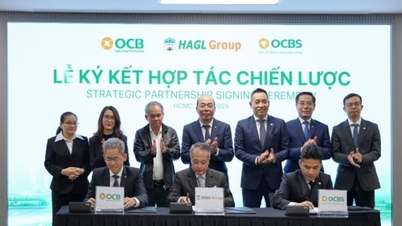























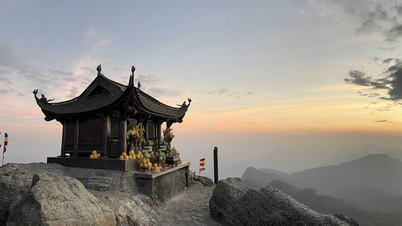

































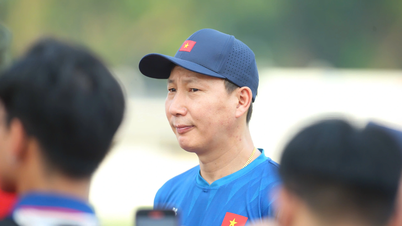







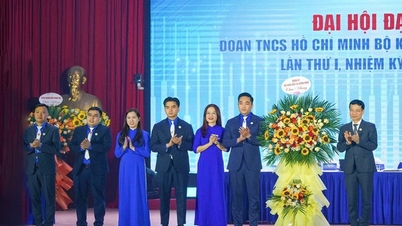




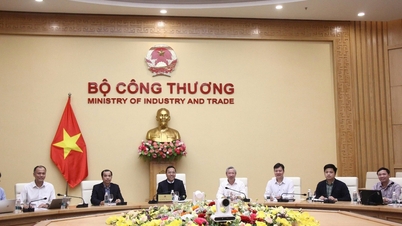






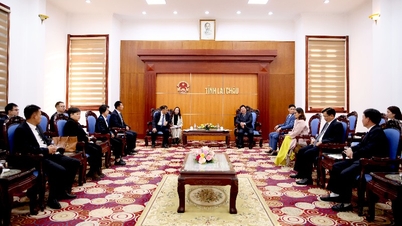

















Comment (0)